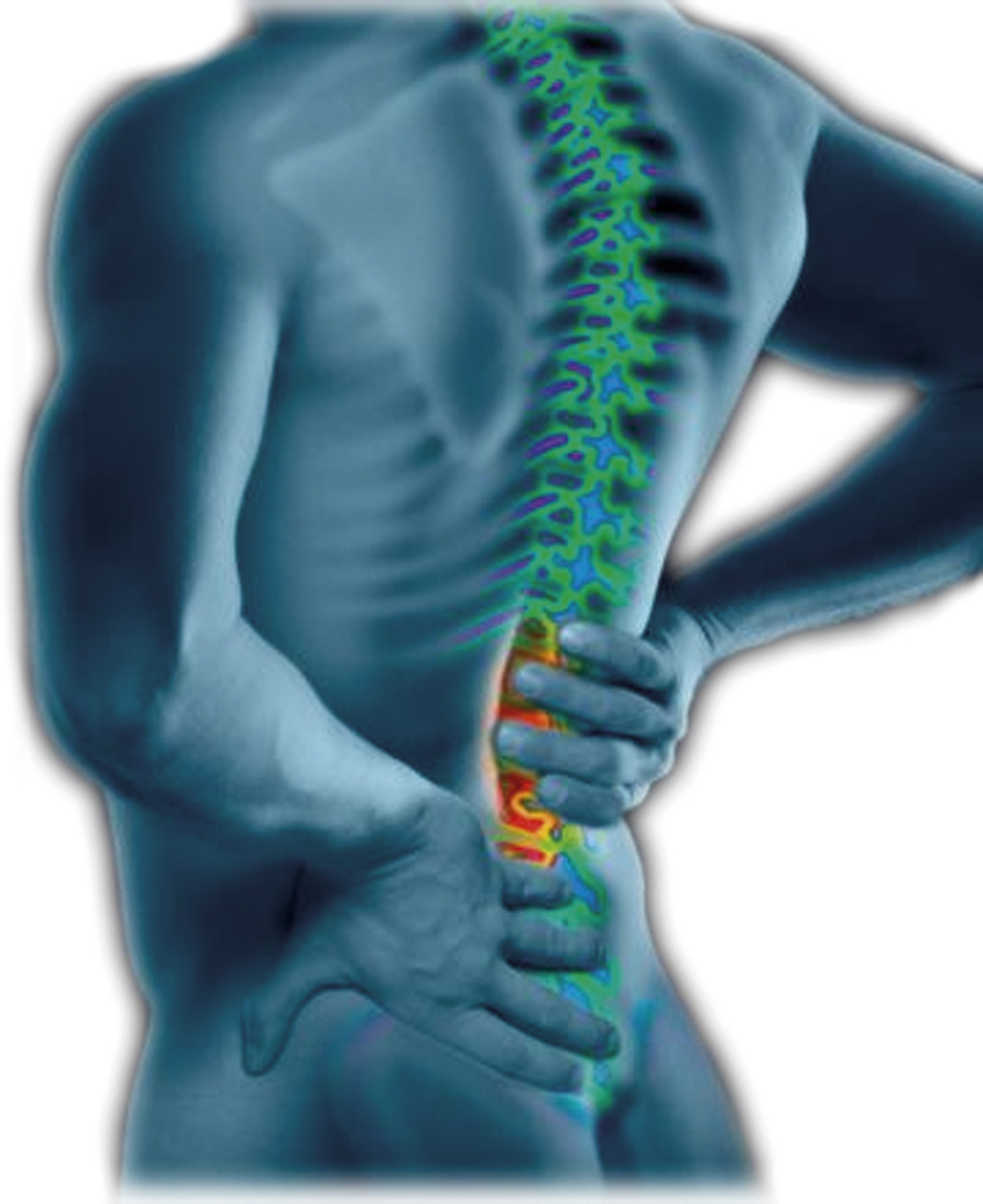 At one time or another we’ll all suffer the dreaded back pain.You volunteered to help a friend move, or you sneezed. Before you start giving up on your normal routine or turn on the heat pad, there are things you can do to prevent pain and suffering. It’s not always your fault when you feel a twinge of pain. Sometimes just bending over to tie your shoe and Ouch! You end up with a disk herniation or an inflamed or irritated nerve root.Our spines are made of 33 individual bones stacked one on top of the other.
At one time or another we’ll all suffer the dreaded back pain.You volunteered to help a friend move, or you sneezed. Before you start giving up on your normal routine or turn on the heat pad, there are things you can do to prevent pain and suffering. It’s not always your fault when you feel a twinge of pain. Sometimes just bending over to tie your shoe and Ouch! You end up with a disk herniation or an inflamed or irritated nerve root.Our spines are made of 33 individual bones stacked one on top of the other.
The spinal column provides the main support for your body, allowing you to stand upright, bend, twist, and yes lug a friends sofa. Strong muscles and bones, flexible tendons and ligaments, and sensitive nerves contribute to a healthy spine.
Yet, many of us forget or ignore the importance of strengthening and stretching these support structures.Stretching, strength and flexibility are all important aspects of reducing back pain or injury.People who took yoga or stretching classes are twice as likely to cut back or prevent back pain and medications as people who managed symptoms on their own.
While yoga isn’t a good idea if you have severe pain, (go see your doctor before starting any form of exercise if you are in severe pain) those with occasional soreness or chronic aches may benefit from certain stretches that lengthen your spine, stretch and strengthen your muscles, and return your back to its proper alignment thus preventing back pain.
Many of the poses in yoga strengthen the muscles in the back, as well as the abdominal muscles. A strong core is a very important aspect to preventing back pain and abdominal muscles are key components of the muscular network of the spine, helping the body maintain proper posture and movement.When these muscles are well conditioned, back pain can be greatly reduced or avoided. There are however postures that can harm your back and always check with your doctor prior to exercise.
If at any time you feel pain apply ice to reduce inflammation immediately after injury.
A pound of prevention, we’ve heard it our whole life. In this case it is true. Be careful what you lift and how you move and since we our bodies do take a beating when running, playing sports and other daily activities, how you care for your back before and after exercise will prevent back pain and injury.
Education Blog for Personal Trainers Education
By: Joe Antouri
PROPTA / Professional Personal Trainers Association
Worldwide Institute for Fitness & Nutrition for Education and Certification
 En un momento u otro todos sufriremos el temido dolor de espalda.
En un momento u otro todos sufriremos el temido dolor de espalda.
Te ofreciste voluntario para ayudar a un amigo a mudarse o estornudaste. Antes de que empieces a abandonar tu rutina habitual o enciendas la almohadilla térmica, hay cosas que puedes hacer para prevenir el dolor y el sufrimiento.
No siempre es culpa tuya sentir una punzada de dolor. A veces basta con agacharse para atarse el zapato y ¡ay! acabas con una hernia discal o una raíz nerviosa inflamada o irritada.
Nuestra columna vertebral está formada por 33 huesos individuales apilados unos sobre otros. La columna vertebral es el principal soporte del cuerpo y nos permite mantenernos erguidos, doblarnos, girar y, por supuesto, cargar con el sofá de nuestros amigos.
Músculos y huesos fuertes, tendones y ligamentos flexibles y nervios sensibles contribuyen a una columna vertebral sana. Sin embargo, muchos de nosotros olvidamos o ignoramos la importancia de fortalecer y estirar estas estructuras de apoyo.Las personas que tomaron clases de yoga o estiramientos tienen el doble de probabilidades de reducir o prevenir el dolor de espalda y los medicamentos que las personas que controlaron los síntomas por su cuenta.
Aunque el yoga no es una buena idea si se padece un dolor intenso (acuda al médico antes de iniciar cualquier forma de ejercicio si sufre un dolor intenso), las personas con dolores ocasionales o crónicos pueden beneficiarse de ciertos estiramientos que alargan la columna vertebral, estiran y fortalecen los músculos y devuelven a la espalda su alineación correcta, previniendo así el dolor de espalda.
Muchas de las posturas del yoga fortalecen los músculos de la espalda, así como los abdominales. Un núcleo fuerte es un aspecto muy importante para prevenir el dolor de espalda y los músculos abdominales son componentes clave de la red muscular de la columna vertebral, ayudando al cuerpo a mantener la postura y el movimiento adecuados.Cuando estos músculos están bien acondicionados, el dolor de espalda puede reducirse en gran medida o evitarse.
No obstante, hay posturas que pueden dañar la espalda, por lo que debe consultar siempre a su médico antes de hacer ejercicio. Si en algún momento siente dolor, aplíquese hielo para reducir la inflamación inmediatamente después de la lesión.Una libra de prevención, lo hemos oído toda la vida. En este caso es cierto.
Ten cuidado con lo que levantas y cómo te mueves, y puesto que nuestros cuerpos reciben una paliza cuando corremos, hacemos deporte y otras actividades diarias, cómo cuides tu espalda antes y después del ejercicio evitará el dolor de espalda y las lesiones.
Blog de educación para entrenadores personales Educación
Por: Joe Antouri
PROPTA / Asociación Profesional de Entrenadores Personales
Instituto Mundial de Fitness y Nutrición para la Educación y Certificación

